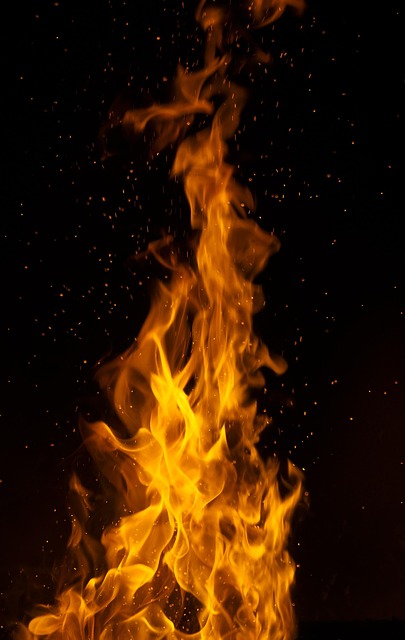San Antonio fire damage restoration process explained involves specialized knowledge and techniques to safely remove hazardous residues like ash, soot, and burnt gasses. It starts with thorough assessments, uses advanced equipment like HEPA filters and negative pressure systems, implements protective covers, and follows strict protocols for structural repair, decontamination, moisture control, and meticulous restoration of belongings to pre-fire condition.
In the aftermath of a fire, understanding the extent of damage and the potential hazards of residual smoke and ash is crucial. This comprehensive guide delves into the intricate world of San Antonio fire damage restoration, offering a clear explanation of the process. From assessing the impact to implementing safe containment strategies, we outline each step meticulously. By exploring these methods, homeowners can ensure a thorough recovery, transforming fire-damaged spaces into safe, livable environments once again.
- Understanding Fire Damage and Residue
- Containment Strategies for Safe Restoration
- The Step-by-Step San Antonio Fire Restoration Process
Understanding Fire Damage and Residue

Fire damage can leave behind more than just charred structures; it creates a complex mix of hazardous residues that require specialized attention during the San Antonio fire damage restoration process. Understanding this intricate process is crucial for effective containment and restoration. Fire residue, often invisible to the naked eye, encompasses various toxic materials, including ash, soot, and burnt gasses. These substances not only pose risks to human health but also require meticulous cleaning to prevent long-term structural damage.
The initial step in fire restoration involves assessing the extent of damage and identifying the types of residues present. Professionals employ advanced techniques to safely remove contaminated materials, ensuring that every trace of fire is eliminated. This meticulous approach includes the use of specialized equipment and protective gear to mitigate risks associated with exposure to toxic fumes and particles. By adhering to strict protocols, San Antonio fire damage restoration specialists can restore properties while prioritizing safety and environmental considerations.
Containment Strategies for Safe Restoration

After a fire, containing the residue and preventing further damage is a critical step in the San Antonio fire damage restoration process explained. Restoration professionals employ various strategies to ensure safety during this phase. One common method involves using specialized equipment like high-efficiency particulate air (HEPA) filters and negative pressure systems. These tools help capture and contain smoke and soot particles, minimizing their spread throughout the affected area.
Additionally, containing fire residue may involve temporary sealing of damaged areas with protective covers and barriers. This prevents not only further contamination but also protects restorers from inhaling harmful fumes. Restoring a space after a fire requires meticulous attention to detail and adherence to strict safety protocols for both workers and future occupants.
The Step-by-Step San Antonio Fire Restoration Process

After a fire, navigating the San Antonio fire damage restoration process can seem daunting. However, understanding each step involved helps ensure a thorough and successful recovery. The process begins with an extensive assessment to determine the extent of fire residue containment needs. Fire restoration specialists inspect every corner of the affected area, identifying smoke, soot, and water damage.
Next, they implement a meticulous cleaning and decontaminating strategy. This involves using specialized equipment like air scrubbers to remove hazardous particulate matter from the air and HEPA vacuums to suck up stubborn residues. To prevent further damage, the team may also apply moisture control measures and use protective barriers to shield non-damaged areas. Once the area is secure, they begin meticulous restoration work, repairing or replacing structural elements, refurbishing fixtures, and restoring personal belongings as closely as possible to their pre-fire condition.
After understanding the extent of fire damage and the potential hazards of residual smoke and ash, it’s crucial to trust a professional San Antonio fire damage restoration service. The comprehensive step-by-step process ensures not just the removal of visible signs but also the safe containment and elimination of any hazardous fire residue. By following these meticulous strategies, residents can restore their properties to their pre-fire condition, breathing new life into what was once affected by flames.
